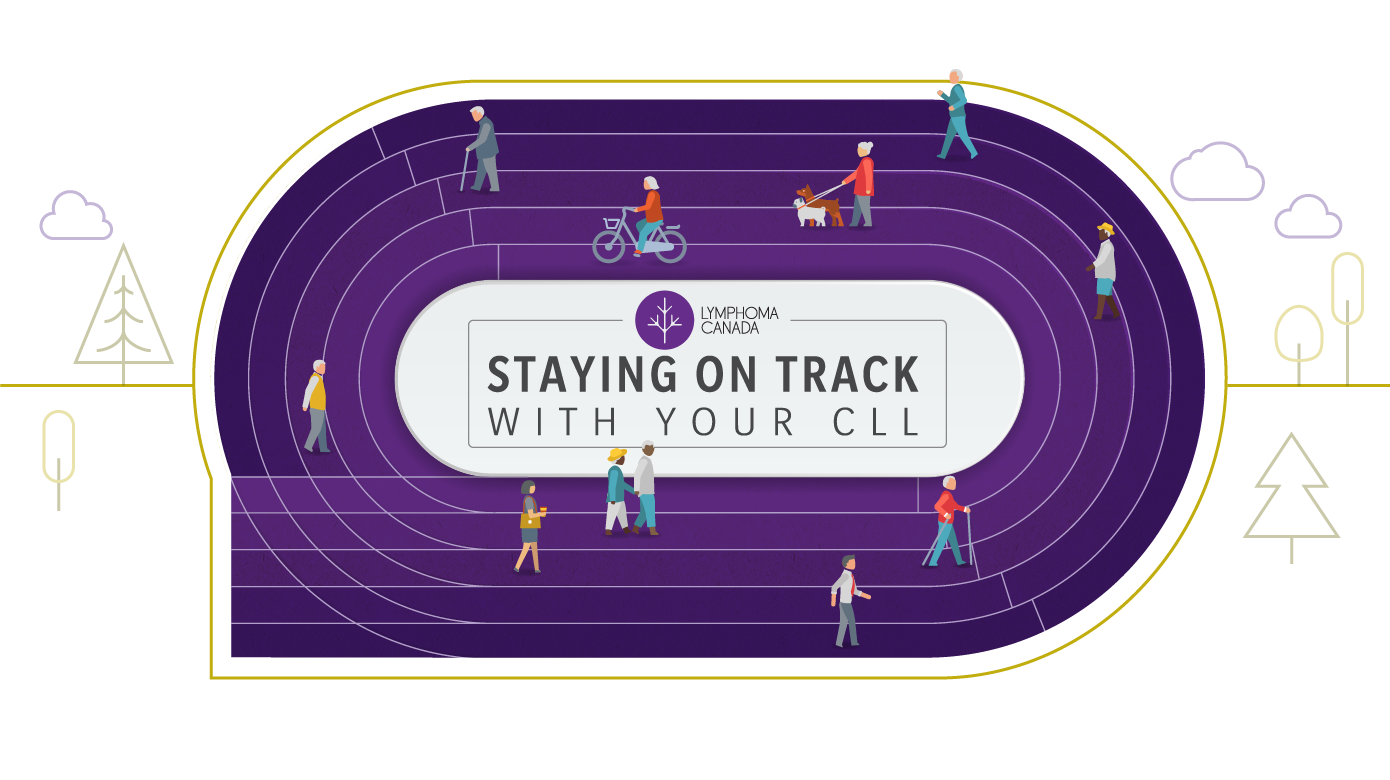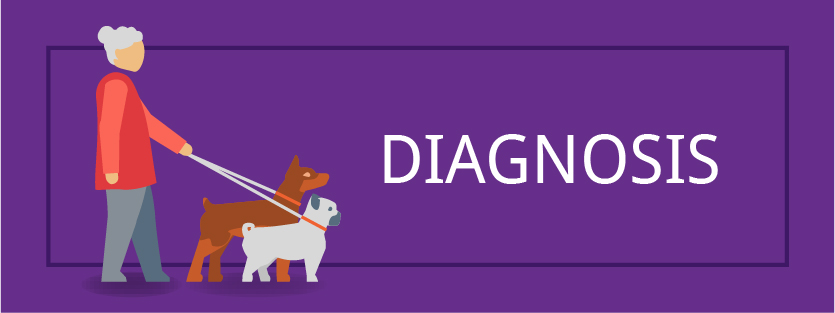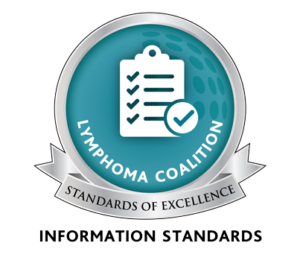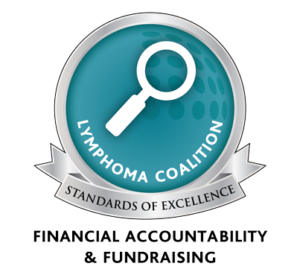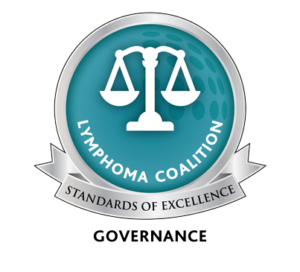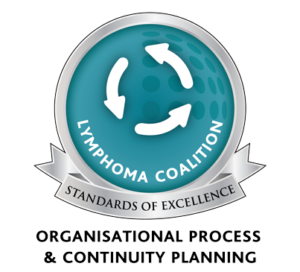If your CLL is slow growing and not causing you serious symptoms, you likely will not have treatment right away. This approach is called ‘watch and wait’ or ‘watchful waiting’ or ‘active monitoring’.
Watch and wait is a strategy where doctors monitor you closely, but do not treat you until symptoms appear or change. Watch and wait is the recommended care for those who do not meet any of the indications for treatment listed in the table below.
This does not mean your cancer is being ignored by your medical team. During the watch and wait period, you will meet regularly with your hematologist or oncologist to monitor changes in your disease and overall health. At these appointments, your doctor will examine you and do blood tests. They will also ask how you are feeling and about any symptoms you have.
The results of exams and blood tests over time will help your doctor determine if you need treatment and the type of treatment you should have.
Understandably, many people worry their CLL will get worse if they don’t have treatment. It is natural to want treatment if you have cancer. Studies comparing watch and wait with early treatment have shown there is no benefit to early treatment for patients with asymptomatic CLL. Furthermore, some patients will never need treatment for their CLL. And with watch and wait, you can avoid the side effects of treatment until it is needed.
Treatment is started only if you have at least one of the following treatment indications:
| Treatment Indications |
|---|
| Evidence your bone marrow is unable to keep up with your body’s need for healthy blood cells – measured by the development of, or worsening of, anemia (low red blood cell counts) and/or thrombocytopenia (low platelet counts) |
| Massive spleen, progressive spleen enlargement, or an enlarged spleen that is causing symptoms |
| Massive lymph nodes (at least 10 cm in longest diameter), progressive lymph node enlargement or large lymph nodes that are causing symptoms |
| Increase in number of lymphocytes of more than 50% over a 2-month period or lymphocyte doubling time (LDT) of less than 6 months |
| Autoimmune anemia and/or thrombocytopenia (low numbers of red blood cells or platelets that results when your body makes antibodies that destroy them) that doesn’t respond to standard medications |
‘B’ symptoms, defined as any one or more of the following disease-related symptoms or signs:
|

